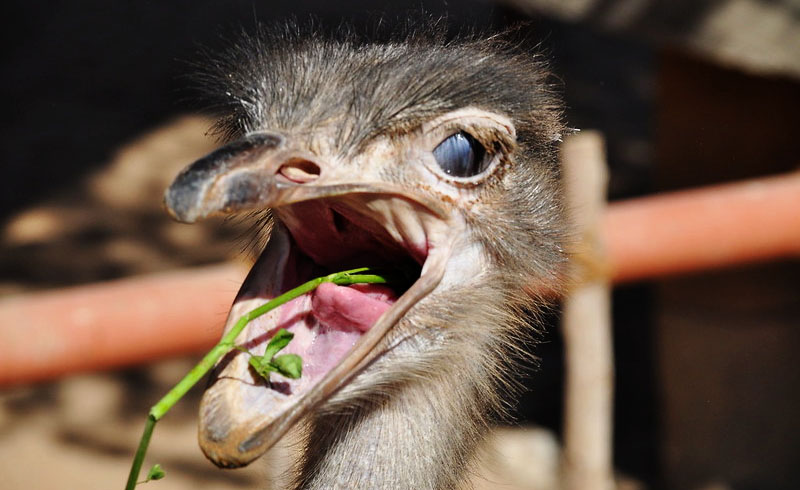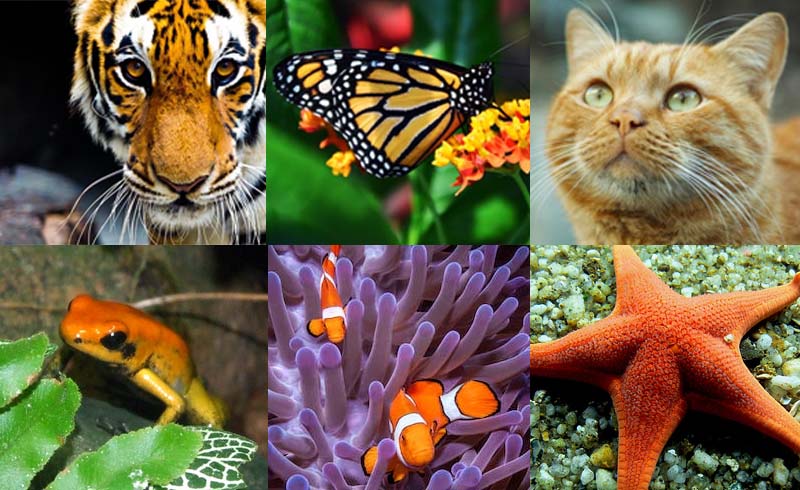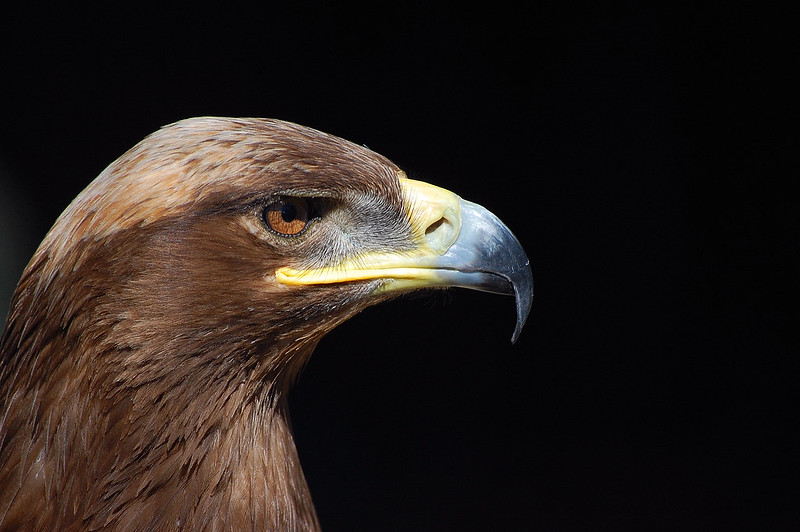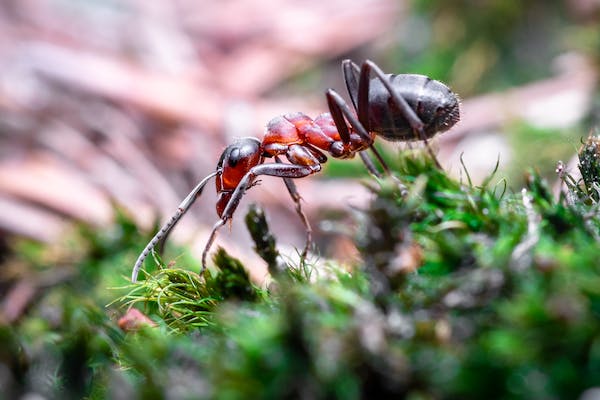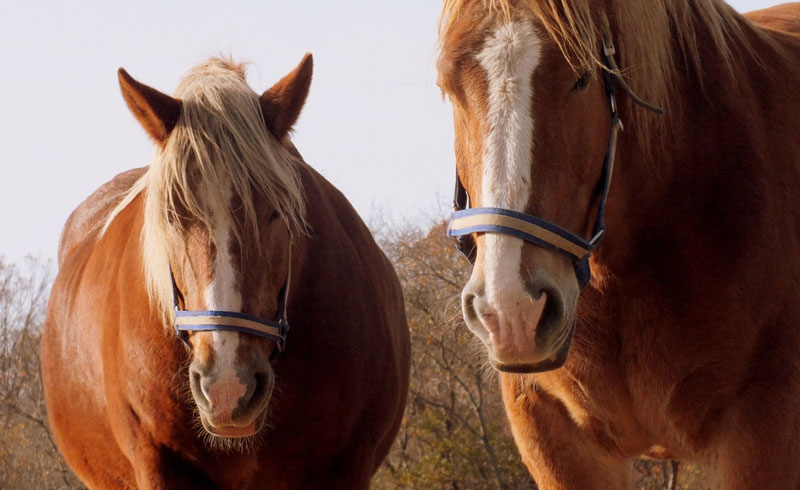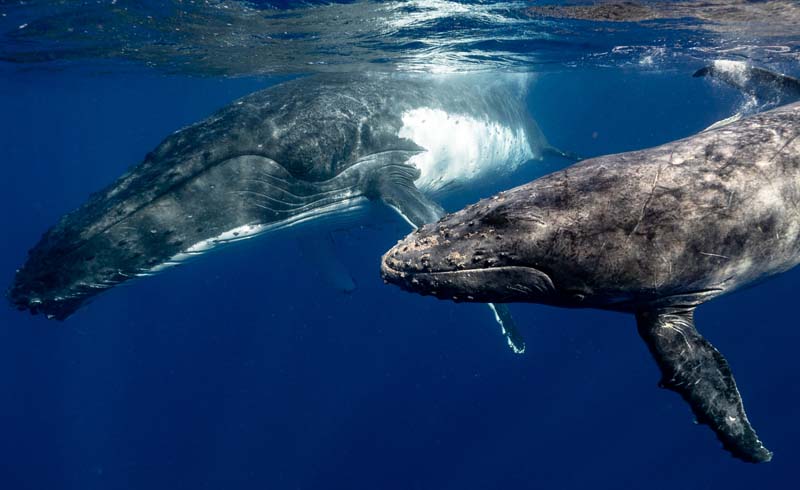Ostriches are fascinating animals, with their large size and imposing appearance, it is hard not to be impressed by these wild animals. But what do ostriches eat? If you are curious about the diet of these creatures, then you are in the right place.
Let's start with the basics: ostriches are herbivores, which means they mainly feed on plants. Their diet consists mainly of leaves, fruits, and roots, which they consume to obtain the necessary nutrients to survive.
However, it is important to note that ostriches can also eat some insects and small animals from time to time, but this is not the norm in their diet.
In their natural habitat, ostriches are mainly found in grassland areas, where they can find a wide variety of plants to eat.
They are often seen chewing on leaves and branches of trees and bushes, as well as roots and tubers of herbaceous plants. They are also known to eat fruits and berries when they are available.
Some ostriches are also able to feed on certain toxic plants, which helps them defend themselves from predators. Their digestive system is very robust and adapts to their diet.
It is important to note that ostriches are solitary animals and prefer to eat alone, but in some cases, they have been observed in small groups sharing their food.
Although ostriches are impressive animals, it is important to remember that their diet and habitat are crucial to their survival. It is our responsibility to protect these wild animals and their environment to ensure that they continue to exist in the future.
Feeding Ostriches in Captivity
In captivity, ostriches are usually fed with a diet similar to what they would have in their natural habitat. This includes leaves, fruits, and vegetables, along with a variety of herbs and grasses.
Some zoos and farms that raise ostriches also provide them with special foods formulated specifically for this species, such as feed based on alfalfa, barley, oats, and other grains.
However, it is important to note that the food provided to them in captivity is not always as varied or nutritious as what they could find in their natural habitat.
In addition, in some cases, they can be given foods that are not part of their natural diet, such as food scraps or processed foods, which can be harmful to their health.
In general, it is important that the caregivers of ostriches in captivity provide a balanced and varied diet, and ensure that the food is clean and fresh.
It is also important to monitor the health of ostriches to detect any problems related to their diet and adjust it if necessary.
